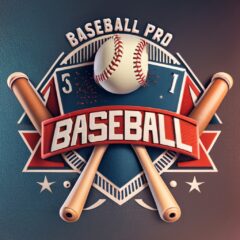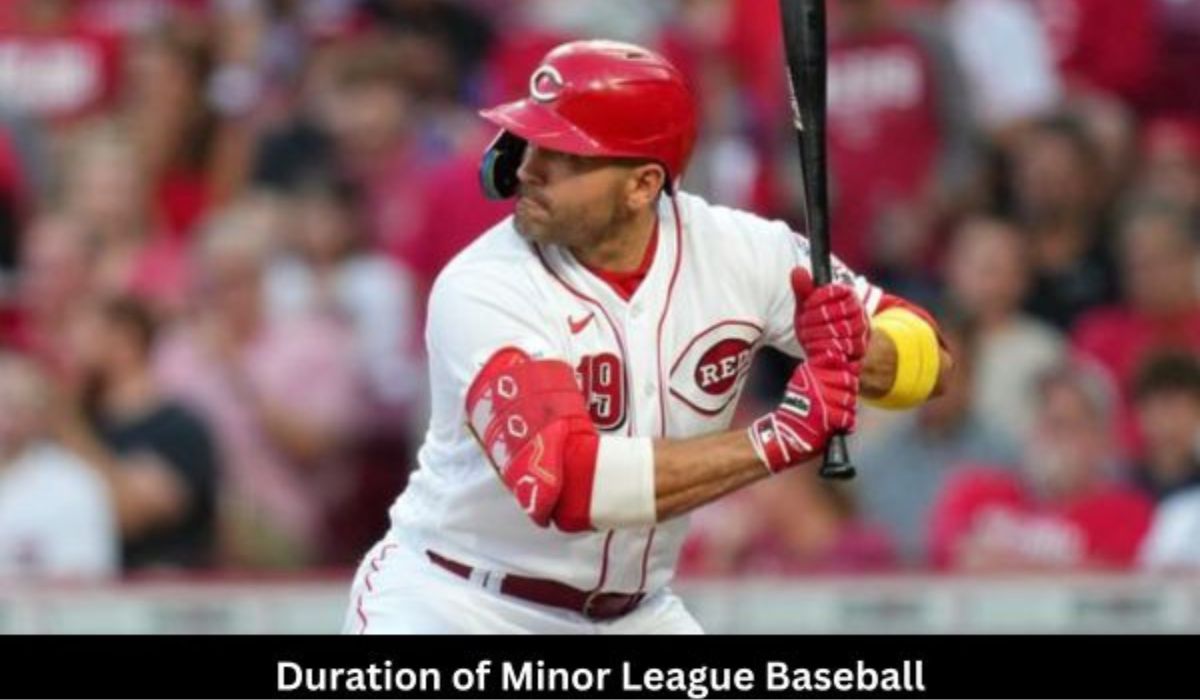
Image Credit-Pinterest
Did you know that the average duration of minor league baseball games has been reduced to 2 hours and 38 minutes?
According to the commissioner’s office, the time it takes for a minor league baseball game to be played dropped to this impressive mark in the season that ended Wednesday. This reduction in game duration is a result of new regulations implemented by the league.
One significant change that has contributed to this shorter game time is the introduction of pitch clocks. These clocks have been set at specific times depending on the situation, such as 14 seconds with no runners on base and 19 seconds with runners. Pitchers are penalized for violating the clock, which has led to a decrease in the number of violations over time.
But that’s not all! The implementation of pitch clocks has also had an impact on other aspects of the game. Stolen bases have increased, with an average of 2.81 per game compared to the previous average of 2.23. Furthermore, offensive measurements such as runs per team per game and batting average have remained relatively stable.
So, how long are minor league baseball games? The answer is an average of 2 hours and 38 minutes, thanks to the regulations and pitch clocks. But it’s not just about time reduction. Attending a minor league baseball game offers a shorter and more streamlined version of the sport, providing an enjoyable experience for fans.
Key Takeaways:
- The average duration of minor league baseball games is now 2 hours and 38 minutes.
- Pitch clocks have been implemented to regulate game speed and reduce violations.
- The use of pitch clocks has increased stolen bases while maintaining stable offensive measurements.
- Minor League Baseball offers a shorter and more streamlined version of the sport compared to Major League Baseball.
- Attending a minor league baseball game can be an enjoyable experience for fans.
Factors Affecting Minor League Baseball Game Time
The duration of minor league baseball games has seen a significant reduction due to the implementation of pitch clocks. These clocks have played a crucial role in regulating the game’s speed and ensuring a more streamlined experience for both players and fans.
Pitch clocks are set at specific times, depending on the situation. For instance, when there are no runners on base, the clock is set at 14 seconds. However, when there are runners, the clock allows pitchers 19 seconds to make their next move.
The introduction of pitch clocks has had a direct impact on the overall game time. Pitchers who violate the designated time limits are penalized, encouraging them to adhere to the clock and maintain the game’s pace. Over time, the number of clock violations has decreased, leading to more efficient gameplay.
Not only has the use of pitch clocks affected the duration of minor league baseball games, but it has also influenced other aspects of the sport. For example, there has been an increase in stolen bases, adding excitement and strategy to the game. Additionally, offensive measurements, such as runs per team per game and batting average, have remained relatively stable.
These factors collectively contribute to a more dynamic and engaging minor league baseball experience. The implementation of pitch clocks, along with the resulting changes in gameplay, has transformed the pace and speed of minor league baseball games, making them even more enjoyable for fans.
Levels of Minor League Baseball and Game Length
Minor league baseball offers a diverse range of levels, each contributing to the development of talented players and providing unique experiences for fans. These tiers, including Rookie Ball/Short Season, Low/High-A Ball, Double-A Ball, and Triple-A Ball, offer varying degrees of competition and showcase the future stars of the sport.
While the levels of play differ, the length of the minor league baseball seasons also varies. At the highest level, Triple-A teams play the most games, with a season consisting of 150 games. Double-A teams follow closely behind, playing 138 games. Meanwhile, both High-A and Single-A teams have a season duration of 132 games each. It’s important to note that the game length can extend beyond the regular season if teams advance to the playoffs.
Unlike Major League Baseball with its standardized 162-game schedule, the minor leagues give leagues and teams flexibility to set their game schedules. This allows them to accommodate various factors, such as travel logistics, player development programs, and local market preferences, while still ensuring meaningful competition.
Minor league baseball provides a platform for young players to hone their skills, gain experience, and work their way up to the highest level of professional baseball. The varying game lengths and schedules across different levels contribute to the unique nature of minor league baseball and add to the excitement and anticipation for fans.
“Minor league baseball offers a diverse range of levels, each contributing to the development of talented players and providing unique experiences for fans.”
Conclusion
In conclusion, the average duration of minor league baseball games has been significantly reduced to an average of 2 hours and 38 minutes. This positive change is largely attributed to the implementation of pitch clocks, which have helped regulate game speed and minimize rule violations.
The introduction of specific clock times, such as 14 seconds with no runners on base and 19 seconds with runners, has played a crucial role in streamlining the game and maintaining a steady pace. Pitchers now face penalties for exceeding the allotted time, leading to a decrease in violations over time.
Besides the impact on game duration, the introduction of pitch clocks has also influenced other aspects of the game. Stolen bases, for instance, have seen an increase, making for more dynamic and exciting gameplay. Offensive measurements, like runs per team per game and batting average, have remained relatively stable throughout this transition.
It is important to note that the length and schedule of minor league baseball games vary depending on the level. With Rookie Ball/Short Season, Low/High-A Ball, Double-A Ball, and Triple-A Ball, fans have the opportunity to enjoy the thrill of baseball in different settings, with varying game lengths and schedules.
Overall, attending a minor league baseball game offers an enjoyable experience for fans, providing a shorter and more streamlined version of the sport compared to Major League Baseball. Fans can witness exciting action, cheer for their favorite teams, and immerse themselves in the game, all within a reasonable time frame.
Source Links
- https://www.espn.com/mlb/story/_/id/34690249/pitch-clock-cut-minor-league-games-25-minutes-two-hours-38-minutes
- https://www.milb.com/news/gcs-173407668
- https://en.wikipedia.org/wiki/Minor_League_Baseball

Meet Daniel Anderson, the heart and soul behind Baseball Pro Picks. At 49, Daniel’s life has revolved around baseball, a passion that’s as strong today as it was when he first fell in love with the game. Living in the USA, Daniel has dedicated countless hours to watching, analyzing, and understanding every pitch, hit, and home run, making almost no game missed. His deep-rooted love for the sport is matched only by his commitment to sharing insightful, expert analysis with fellow baseball enthusiasts. With decades of experience and a keen eye for the game’s nuances, Daniel brings a unique perspective that enriches Baseball Pro Picks. Trust Daniel to guide you through the intricacies of baseball with the authority and trustworthiness of a true aficionado.


